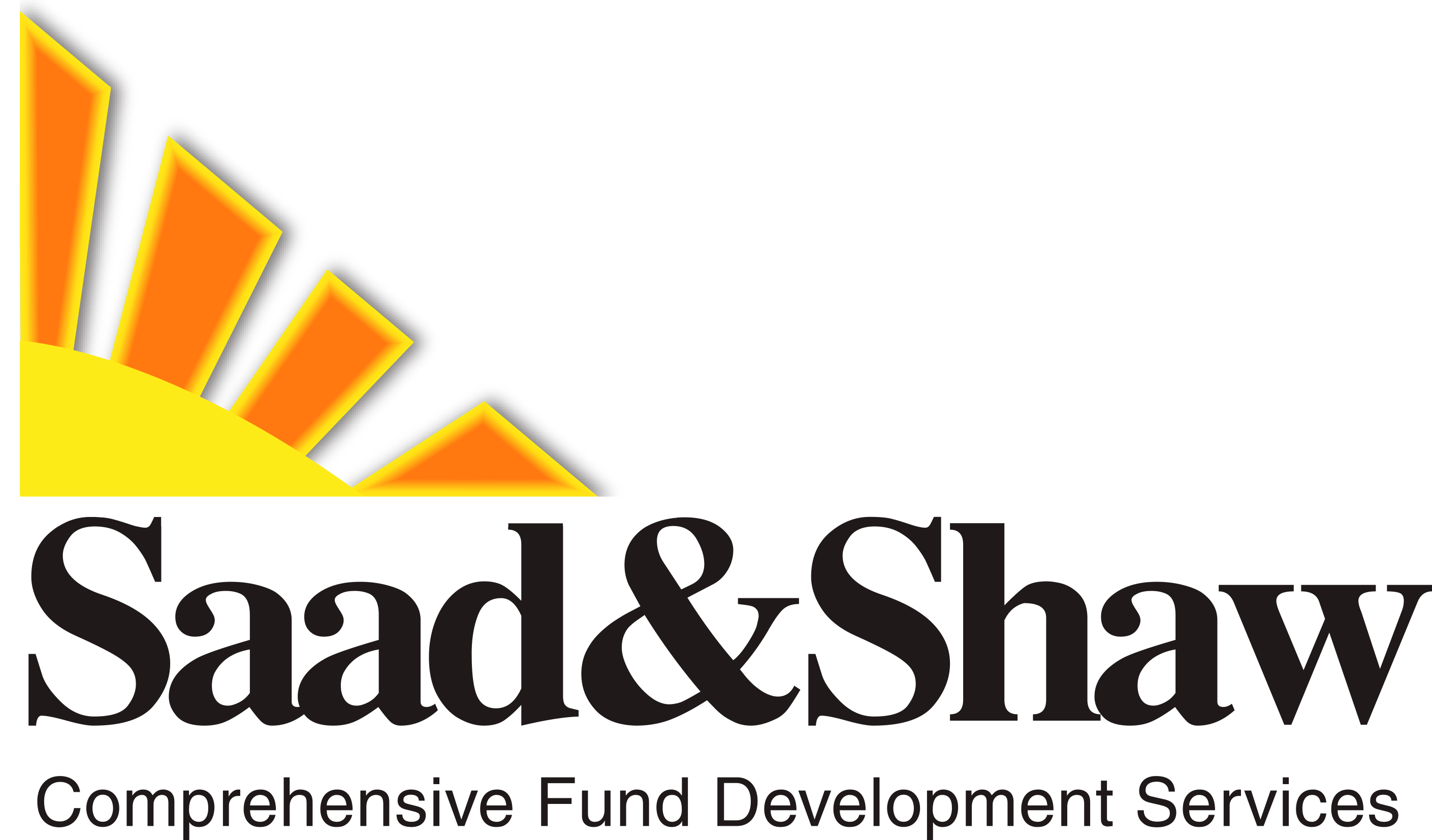As we enter the last month of the year there is a lot for nonprofits to consider, plan for, and take action on. With this column we share news updates on #GivingTuesday and sexual harassment.
 First up: #GivingTuesday. This new “holiday” is celebrated on the Tuesday after Thanksgiving and is all about making financial gifts to nonprofits large and small. It is a global day of giving fueled by the power of social media and collaboration. The early results are in. This year over 1.6 million gifts were made, raising $177 million online in 98 countries. We hope your nonprofit participated. If not, plan now for 2018. Go online to GivingTuesday.org to download tools, ideas and case studies. Schedule time and allocate resources to implement online giving and grow your social media presence. Create a team of volunteers to help you get ready for November 2018. It’s not too early!
First up: #GivingTuesday. This new “holiday” is celebrated on the Tuesday after Thanksgiving and is all about making financial gifts to nonprofits large and small. It is a global day of giving fueled by the power of social media and collaboration. The early results are in. This year over 1.6 million gifts were made, raising $177 million online in 98 countries. We hope your nonprofit participated. If not, plan now for 2018. Go online to GivingTuesday.org to download tools, ideas and case studies. Schedule time and allocate resources to implement online giving and grow your social media presence. Create a team of volunteers to help you get ready for November 2018. It’s not too early!
While online giving continues to grow we also know that many of us continue to give the “old fashioned way” – by check, payroll deduction, with gifts of stock and securities, or through a donor advised fund. While these gifts may not show up in #GivingTuesay reports we know they are vital to nonprofits and our communities. Keep giving. Do it joyously. Stay thankful.
 Our second topic: sexual harassment in the nonprofit workplace, and the specific forms of harassment that fundraisers can be subjected to. Now is the time to discuss your organization’s sexual harassment policy including methods for reporting. It’s also time to reflect on how your organization’s culture may unwittingly (or knowingly!) create an unsafe workplace and support unsafe working conditions. We need to look out for misuse of power and cover-ups; and how we may be creating a culture that discourages reporting, or overlooking the obvious. And it’s time to implement annual trainings for all employees and board members.
Our second topic: sexual harassment in the nonprofit workplace, and the specific forms of harassment that fundraisers can be subjected to. Now is the time to discuss your organization’s sexual harassment policy including methods for reporting. It’s also time to reflect on how your organization’s culture may unwittingly (or knowingly!) create an unsafe workplace and support unsafe working conditions. We need to look out for misuse of power and cover-ups; and how we may be creating a culture that discourages reporting, or overlooking the obvious. And it’s time to implement annual trainings for all employees and board members.
The Chronicle of Philanthropy and Inside Philanthropy have both recently published articles making clear the specific dangers in the nonprofit sector: donors with power and money, and fundraisers who can be evaluated and compensated based on how much money they raise. Other dangers include management who won’t respond to complaints for fear of alienating a donor and losing a “gift.” The large numbers of younger women who must interact with older wealthy men in one-on-one situations creates risk. Men too are at risk – and we can’t let stereotypes or homophobia render their realities invisible. Finally, as one person shared with Inside Philanthropy, “there are issues related to women who “use flirtatiousness and their dating lives as ways of drawing in donors.”
Our concern for our community needs to include care for our employees and volunteers. Take the time and allocate the funding to schedule meaningful trainings that foster a safe, transparent and diverse workplace. Begin the discussion and be the change. Its time to examine our dynamics, culture, and policies. We – as nonprofit employees, donors, board members, and funders – can create safe working conditions.
Articles online at bit.ly/IPHarass and bit.ly/ChronHarass.
Copyright 2017 – Mel Shaw and Pearl Shaw, CFRE
Mel and Pearl Shaw are authors of four books on fundraising available on Amazon.com. For help growing your fundraising visit http://dev.saadandshaw.com or call (901) 522-8727.

